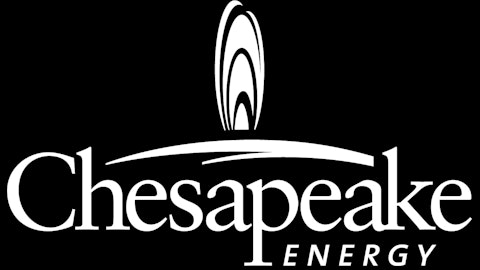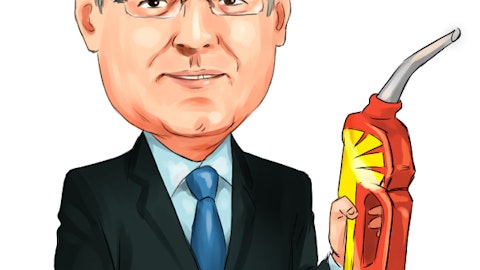 This may come at a surprise to many of you…
This may come at a surprise to many of you…
But I’ve been looking at trimming down my portfolio holdings in the oil and gas sector over the past couple of months.
Why would I do that when every week a new report comes out claiming the United States is soon going to surpass Saudi Arabia as the No. 1 oil-producing country?
There is no doubt that these claims are true. The shale oil revolution is changing the face of the oil and gas industry. But I still think it’s time to sell.
My sense is that valuations in this sector (especially for domestic producers) have reached elevated levels relative to reserves values. Investor excitement and optimism in this space are running high. That’s why this is a good time to examine whether your holdings in this sector still represent good value.
And based on the metrics I look at, we’ve reached overbought territory. That’s why I told subscribers to my Scarcity & Real Wealth newsletter that I planned to sell three oil and gas holdings in my portfolio at the end of August. Today, I thought I’d share the reasons why.
Consider Range Resources Corp. (NYSE:RRC). The company now trades at an enterprise value of $15.5 billion. And yet the after-tax value of its reserves at year-end 2012 was just $3.2 billion.
That’s one of the largest multiples to asset value I’ve seen among producers today. This is a function of the fact that Range is the cornerstone player in the most loved shale play in the United States right now: the Marcellus, which is located in the northeast of the country.

Range has done a great job building and developing its Marcellus acreage position. But the stock today is priced to absolute perfection. I have a hard time seeing how the company will justify this valuation.
Chesapeake Energy Corporation (NYSE:CHK) is another (although less extreme) example of a company that’s had a great run on positive investor sentiment around shale.
The company’s enterprise value of $30.7 billion is more than double the value of its oil and gas assets, which stood at $14.7 billion after tax at the end of 2012.
This premium to asset value belies the fact that Chesapeake’s reserves growth appears to be stagnating. In 2011, the company only managed to increase reserves value by 19%. And reserves value actually fell in 2012, down 6%.
This is indicative of a period in the oil and gas development cycle that reservoir engineers call the treadmill, where established wells are declining rapidly, necessitating a great deal of development drilling to keep production levels steady.
But this drilling does little to add new reserves — it simply helps exploit in-ground oil and gas that’s already been identified.
Companies at this stage usually struggle to grow. If you can buy such a firm below asset value, you can make money as reserves are converted into cash flow. But buying a treadmill company at a premium to its reserves value is a risky proposition. The growth just isn’t there to backfill the valuation.
That’s why I took advantage of the currently high share price and sold Chesapeake.
Whiting Petroleum Corp (NYSE:WLL) also looks like it may have hit the treadmill. The company had been performing well from 2009 to 2011 — during this period, each dollar the company spent in the field generated $1.90 in reserves value, an excellent recycle ratio.
However, 2012 was less stellar. The company spent $2.2 billion and added only $1.5 billion in net after-tax reserves.
This indicates the firm may be entering the phase where capital-intensive drilling is required in order to maintain production — without necessarily adding reserves.
The market however, is still pricing Whiting as a growth stock. The company’s enterprise value of $9.9 billion is significantly higher than its end-2012 after-tax reserves value of $5.3 billion.
The underperformance in 2012 could be a one-off. But until I see more evidence that Whiting is able to grow its reserves to backfill the current valuation, I’d rather watch this one safely from the sidelines.
I sold Range Resources, Chesapeake Energy and Whiting Petroleum on Aug. 30. Since then, Range and Chesapeake have remained flat, while Whiting has gained ground — but I don’t expect that to continue for long.
If you own any of these stocks, it might be time to think about booking profits. You should also evaluate any other oil and gas stocks in your portfolio, looking at enterprise values, reserve values and growth projections to see if they’re worth holding on to right now.
This article was originally written by Dave Forest and posted on StreetAuthority.
Warren Buffett’s Top 5 Stocks
Buffett’s firm, Berkshire Hathaway, holds dozens of stocks. But these five make up 75% of its portfolio… worth $65 billion. Click here to get Buffett’s top 5 stocks plus his 16 latest buys, FREE.




